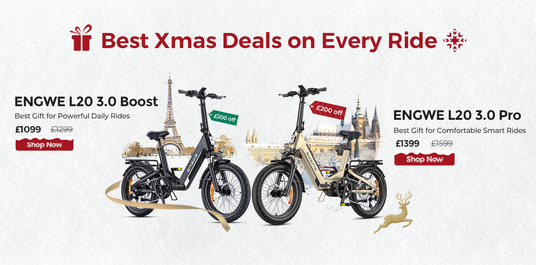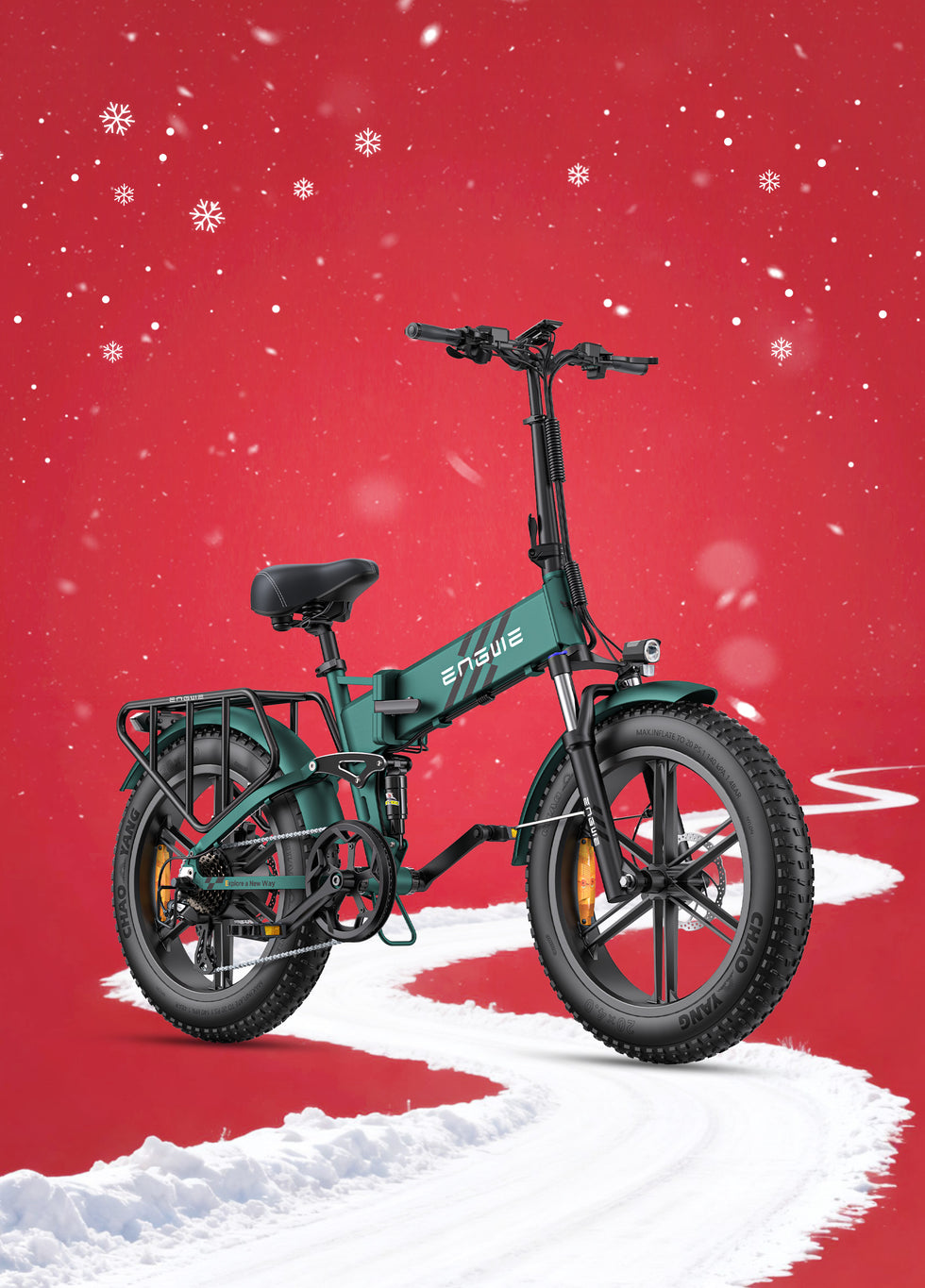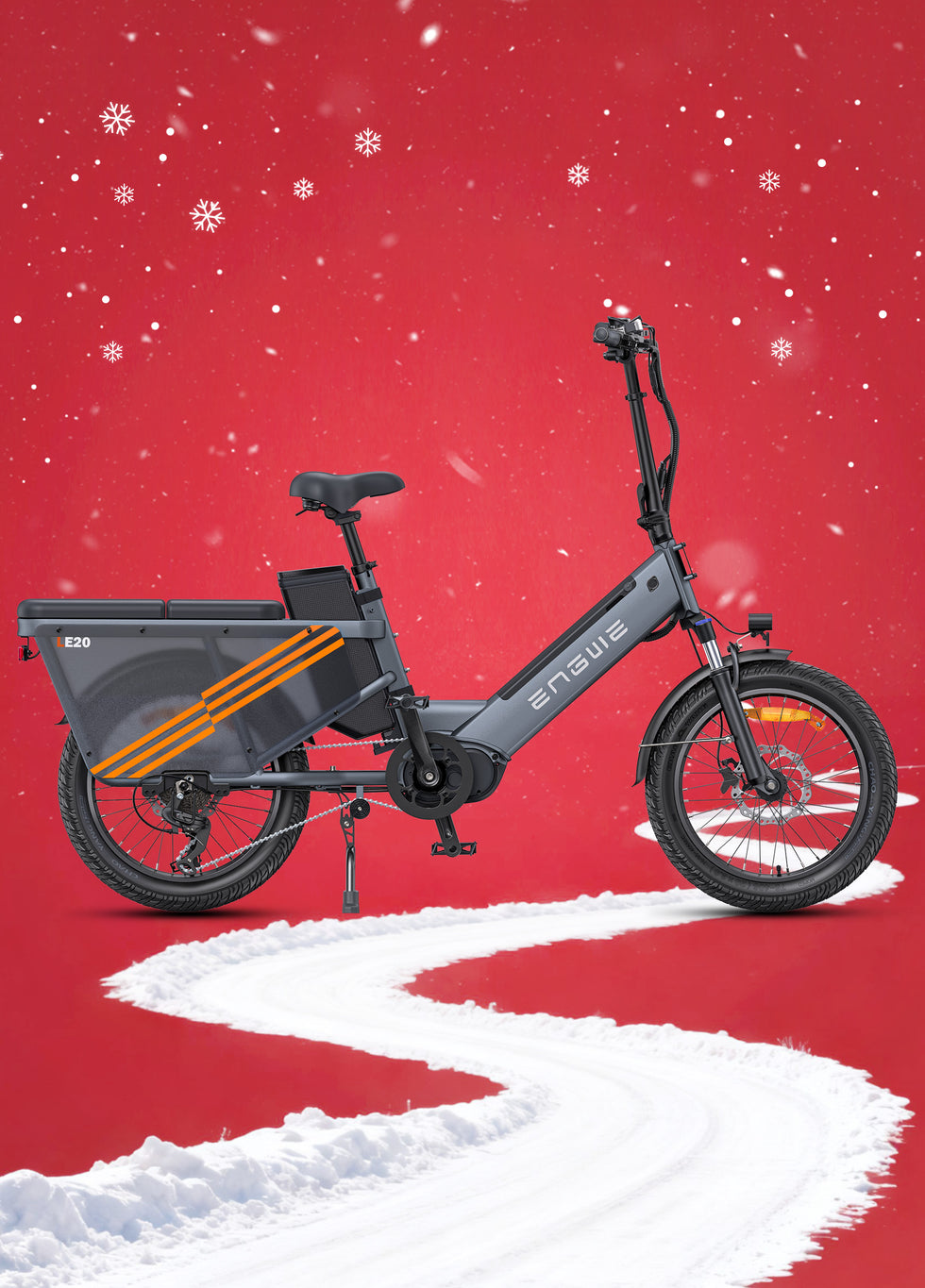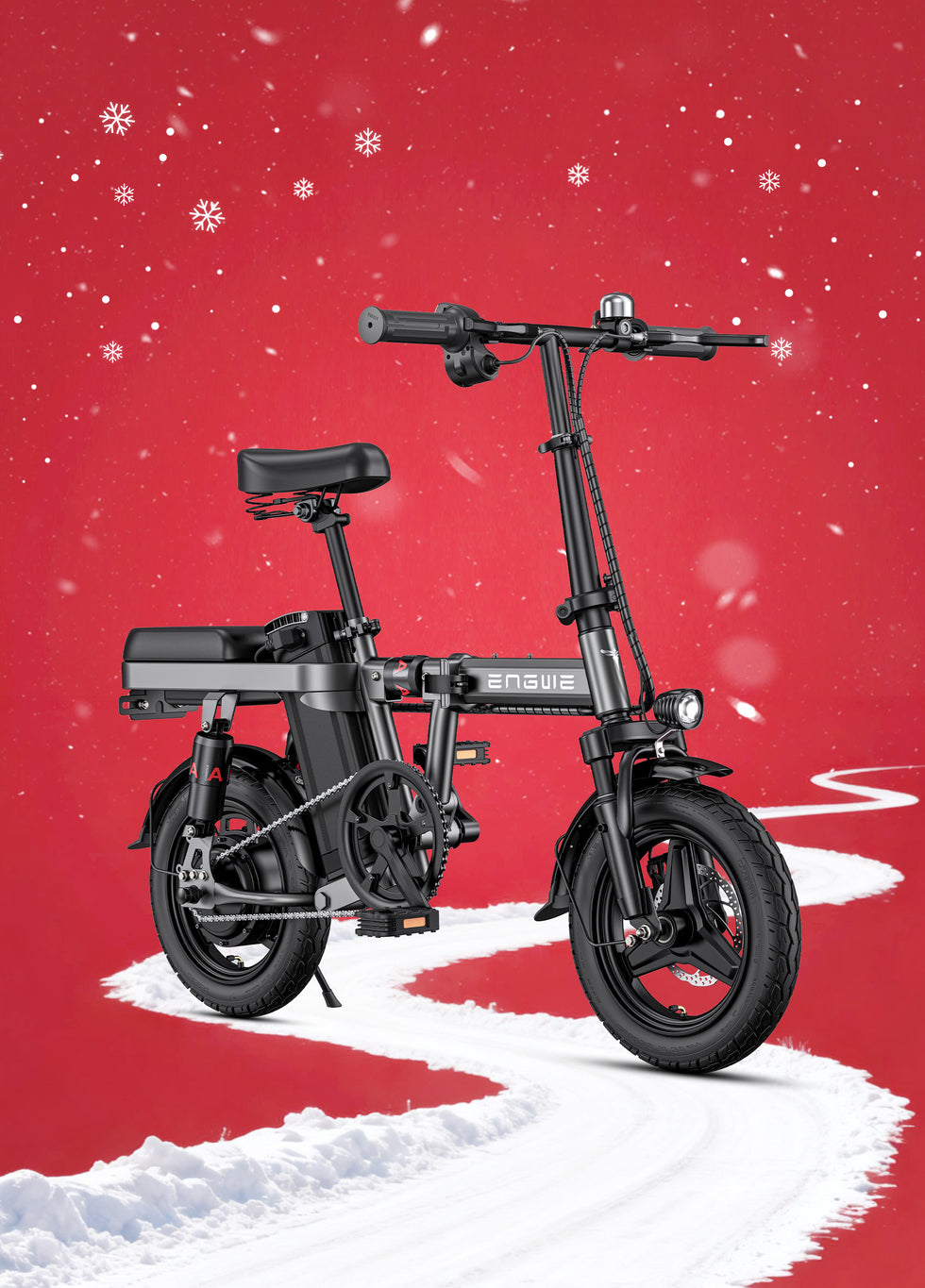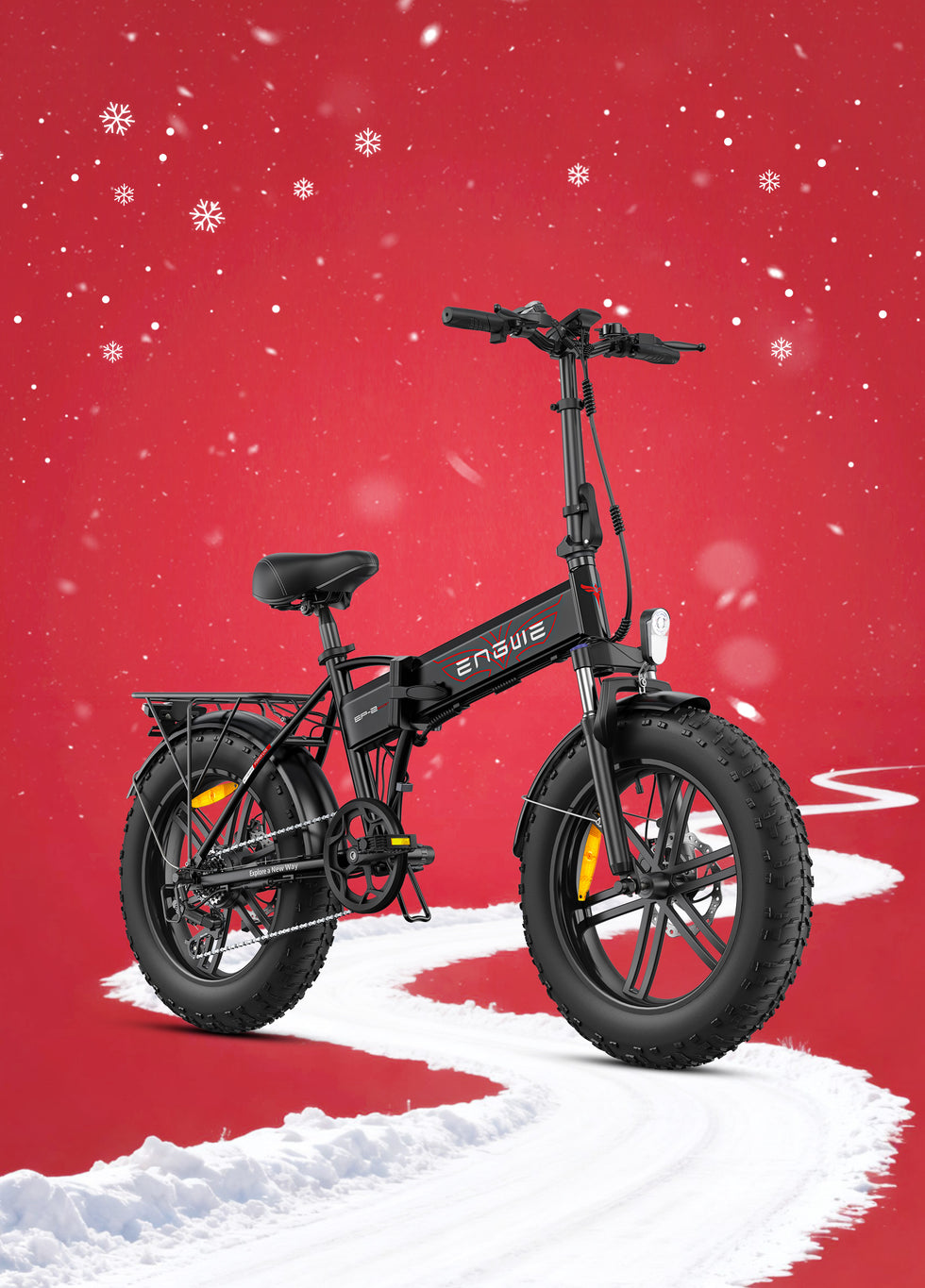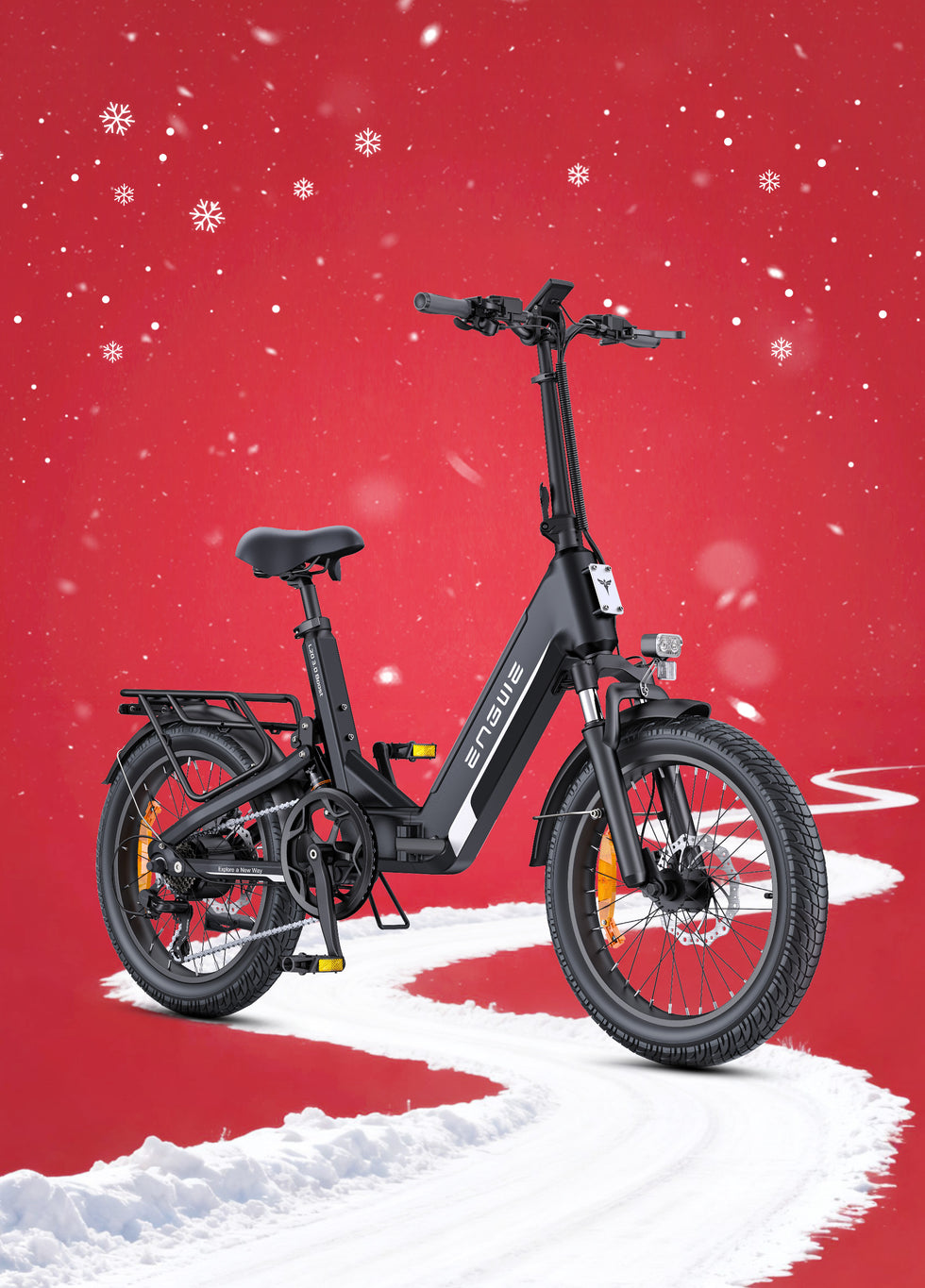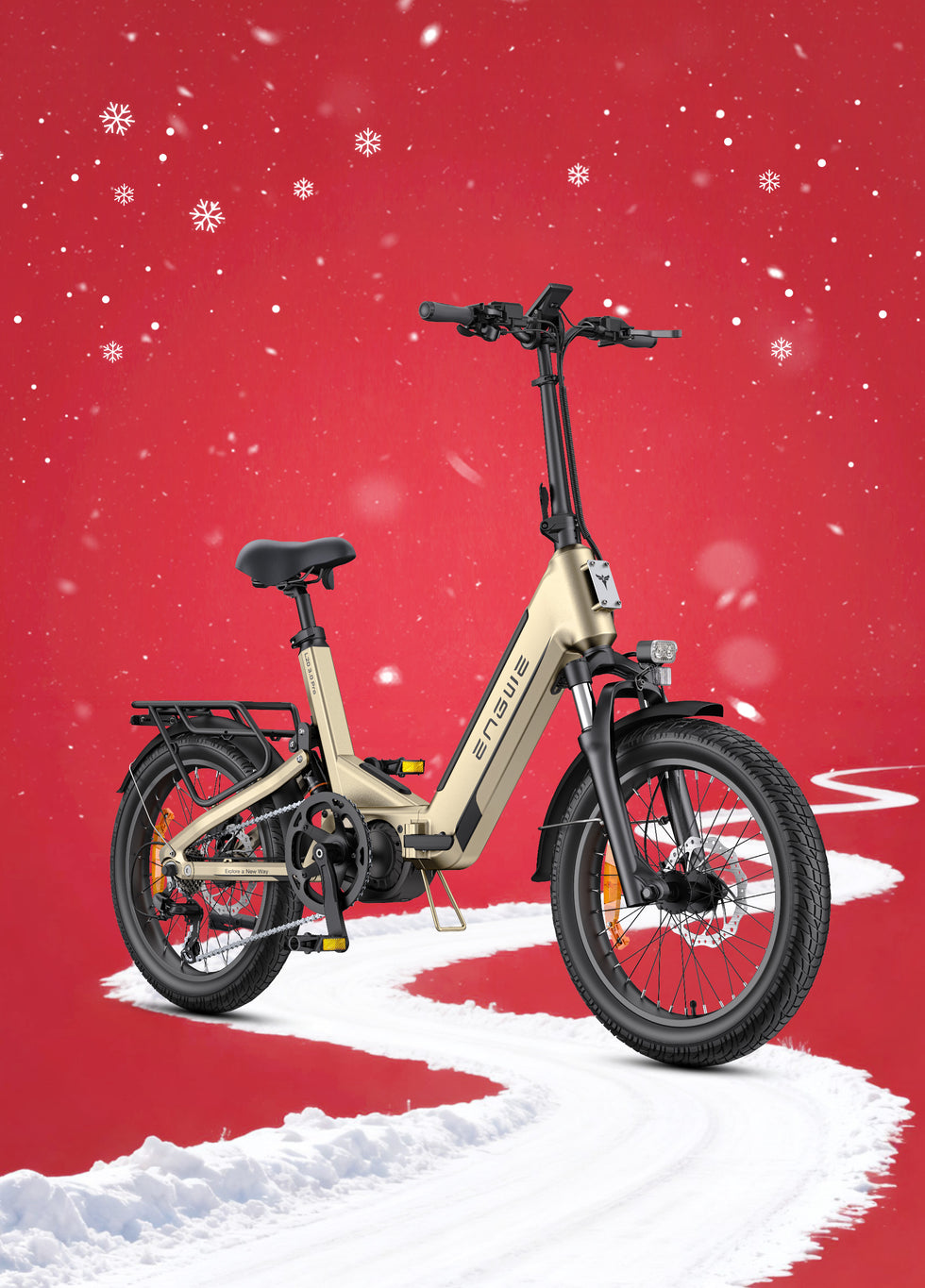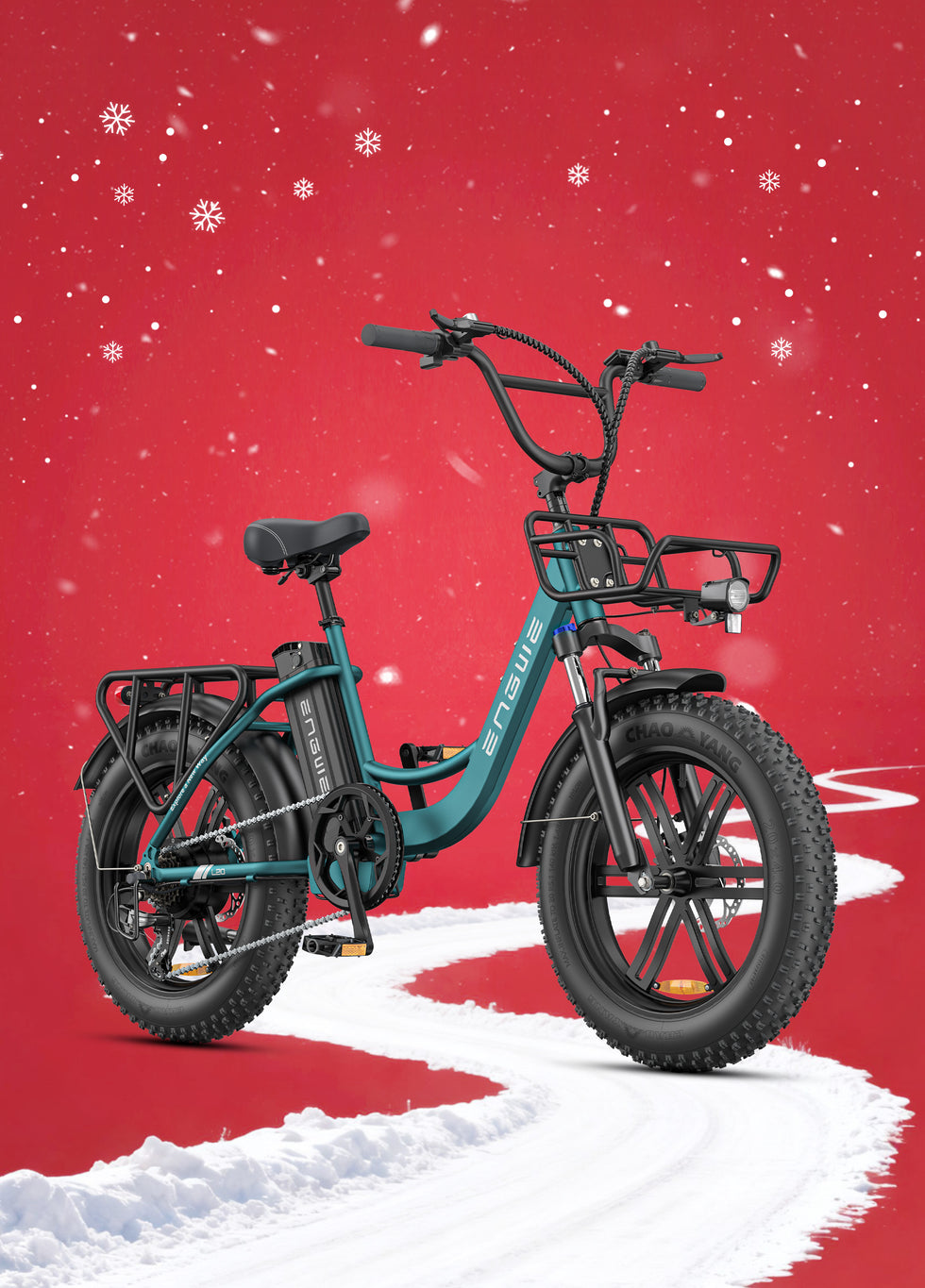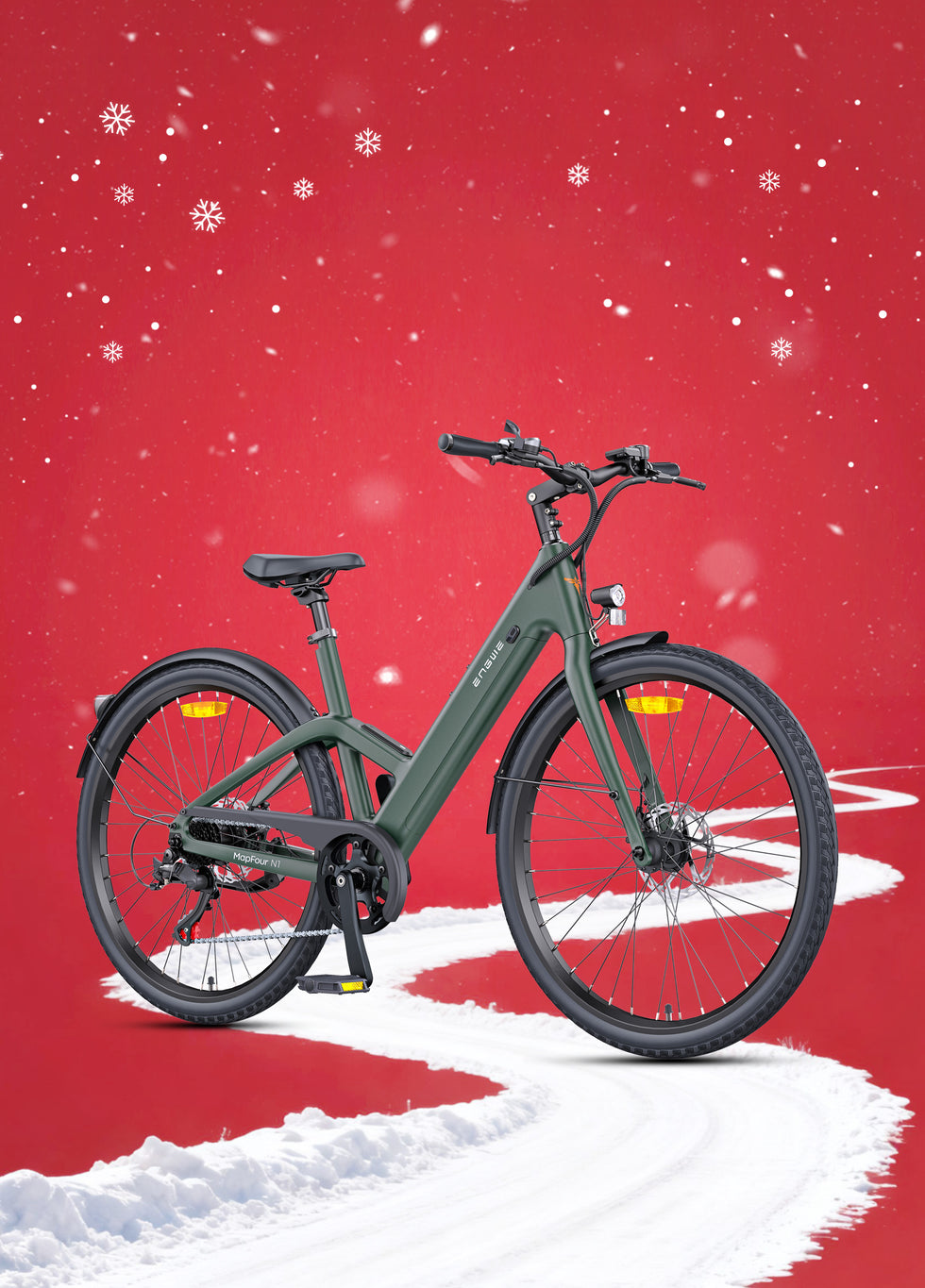Cruising along the open road, following that hidden path, letting yourself freely wander through the countryside—this is classic cycling. And now, picture taking that experience to the next level; flattening hills, facing headwinds, and discovering new territory you never thought was accessible. Now, you too, are entering the world of e-bike trekking and a landmark in travel where human strength is mixed with electrical assistance—the universe of opportunity for all.
This guide is intended for seasoned cyclists who wish to take their travels to the next level or beginners anxious to journey off into the wild. This guide will take a look at what e-bike trekking really means, define the key features of an e-trekking bike, respond to your most FAQs, and provide you with some quick-start tips as well. Your next big adventure is just a pedal away!
What Exactly is E-bike Trekking?
At the most basic level, trekking refers to embarking on a journey over land—typically by walking. Applied to cycling, it means long-distance tours over several days blending different types of surface—and not only smooth tarmac but also gravel paths, forest tracks, and country lanes. Exploration should matter more than speed or the difficulty of the correct line.
Now, introduce the "e" factor. An electric bicycle (e-bike) is a bicycle combined with a battery and an integrated electric motor which can be used for propulsion. This is not to be confused with a scooter or motorbike, requiring the rider to still pedal for the motor to engage (a system known as "pedal-assist"). This tool won't work in your place; it will work with you, adding to your own power.
Take those two ideas and put them together, and we have e-bike trekking—taking a tailored electric bicycle on multi-day tours over many types of terrain. It comes down to the courage required to reach that next ridge, the endurance needed to add another 30 km onto your day, and the strength for carrying all your gear without it feeling like an overly heavy yoke.
Before we get to why e-bike trekking is something different from the whole spectrum of electric cycling, let's clearly define some other types of e-bikes:
E-Mountain Biking (E-MTB)
Designed to handle tough, technical singletrack and demanding off-road terrain. They are generally more aggressive in terms of geometry, with longer travel suspension and large, knobby tires that provide maximum grip.
Urban & Commuter E-bikes
Created for everyday urban efficiency and pragmatism on city streets. They focus on things like step-through frame design, simple and comfortable components, and shorter-distance paved riding.
Road E-bikes
These are performance road racing bikes that have been given electric motors and batteries. Light, aero, and perfect for staying with the group on fast road rides or tackling slogging climbs on tarmac.
A trekking e-bike is the perfect balance between these extremes. It is the versatile all-rounder, the SUV of the e-bike world—a bike for practicality, distance, and taking whatever the journey may throw at it in its stride.
What Defines A Good Trekking E-bike?
Selecting an electric bike is the most vital start for your trekking trip. A trekking e-bike is not just a commuter bike with some extra features, but rather a sophisticated and meticulously engineered long-distance transport, offering top-class comfort, performance, and reliability at every level. Let us introduce a summary of features you can compare.
Motor and Battery
The motor gives you power while the battery gives you range. If you're going to carry luggage, a motor with good torque (measured in Newton-meters, or Nm) is very useful for hill climbing. The higher the Nm, the better the climbing ability. Motors generally fall into two categories: hub-drive, which are located at the wheel hub, and mid-drive, which reside on or near the cranks. This makes mid-drives exceptionally suitable for trekking, not only because they benefit from a more balanced mass distribution, but also because the assistance feels much more natural and is delivered in proportion to your effort.
Consider the battery as your gas tank. Capacity is rated in Watt-hours (Wh). The range you'll get is determined by the Wh; higher Wh means more range. Approach a serious trek with a 500Wh battery or more. It is also useful to have a removable battery, which makes charging easier and keeps the battery safe if you bring it in at night.
Frame and geometry
Since you’re going to be clocking up hours in the saddle, comfort isn’t a question of indulgence—it’s a basic necessity. Trekking e-bike frames have a more upright, relaxed geometry than mountain and road bikes. This is designed to reduce the burden on your back, neck, and wrists, so you can enjoy the view, not endure it. Frames made of aluminum offer an excellent compromise between durability, weight, and cost. Your bike may come with a standard crossbar or a step-through option, which makes it easier to get on and off, and is particularly helpful when your bike is loaded with panniers.
Suspension
It’s a safe bet your journey will include plenty of rough surfaces, which is why almost all trekking e-bikes come with a front suspension fork. It’s there to take the sting out of gravel tracks, potholes, and light trails. Adding comfort is just one function; the other is heightening your control by keeping the front wheel in contact with the ground. Some models go the extra mile, including rear suspension or sprung seat posts for ultimate comfort.
Wheels and tires
Your trekking bike will likely roll on tough, long-lasting wheels. They will often come in 28 inches or 27.5 inches, also known as 700c or 650b. However, the key component is the tire. It has to be wide enough to offer stability but not so knobby that it becomes a mountain bike tire. Look for a width of 40 to 50 mm with a fast-rolling pattern for asphalt and a mild tread that resists slipping on crushed gravel paths.
Drivetrain and Brakes
With an electric motor, you'll want a wide range of gears to tackle any terrain efficiently—and save your battery. When coupled with a quality drivetrain from the likes of Shimano or SRAM and a wide cassette on the rear wheel, you'll always be able to pick the best gear for any climb.
When it comes to stopping—particularly on a loaded e-bike with its increased weight—hydraulic disc brakes are non-negotiable. There will always be a place for traditional rim brakes or mechanical disc brakes, but hydraulic systems provide more stopping power, better modulation (fine control), and superior overall performance in both dry and wet, muddy conditions.
Integrated Accessories
The perfect trekking e-bike comes pre-equipped. Here are the accessories you should look for as standard equipment:
Pannier Rack
A good pannier rack is a must for transporting luggage in specially designed pannier bags.
Mudguards
Keep mud and road spray off yourself and your kit by fitting full-length mudguards.
Built-In Lighting
Another great feature is built-in lighting, which keeps you safe and saves you the cost and hassle of buying and charging separate lights, as they are powered directly by the main e-bike battery.
Kickstand
A sturdy kickstand is a simple but crucial accessory for easily parking your bike, especially when loaded with gear.

Top 5 Questions on E-bike Trekking Answered
So, you are thinking of getting your feet wet in this super cool sport, and I am sure you have some questions. This section contains detailed answers to five of the most common questions asked by newcomers to the world of e-bike trekking.
What are trekking e-bikes best for?
One of their strongest attributes is their versatility. A trekking e-bike is an excellent all-rounder. They are great for multi-day cycling holidays, taking you across entire regions, from coastal routes to trails in national parks, with all your gear on board. It makes cycle touring accessible to everyone, regardless of fitness, and allows you to ride with partners or a group of any ability level. It excels at more than just sightseeing. Use it for long Sunday rides, exploring local bridleways and canal towpaths that are too rough for a road bike. And it's also a powerful, capable commuter that can take on city streets and go for an off-road escape at the weekend.
Are e-bikes good for trails?
Yes, absolutely—with a key clarification. When it comes to trekking, e-bikes are perfect for the sort of trails you might encounter: gravel roads, forest fire roads, well-groomed bridleways, canal towpaths, and mellow (non-technical) dirt paths. A trekking e-bike's tire and front suspension combination is set up for these mixed surfaces. Keep in mind, however, that this is not an extreme mountain bike. It's not made for the most technical singletrack, big jumps, or steep, rocky descents. To tackle such aggressive trail riding, you would need a purpose-built e-mountain bike (e-MTB).
How do I pick the right size and fit?
For long-distance comfort, getting the fit right is crucial. A bike that doesn't fit you can cause back ache (from overreaching for the bars), knee pain (from improper leg extension), and tingly hands. The only way to know for sure is to take a test ride. You should have a reasonable amount of clearance when standing over the bike's top tube. In the saddle, your knee should have a slight bend at the bottom of the pedal stroke. The handlebars should fall within your reach without you being over-stretched or too cramped. A competent bike shop will assist you with this, but you should also be able to make minor adjustments to the saddle height and bar position yourself to achieve a comfortable, ergonomic riding position.
What is the real range of a trekking e-bike?
This is a 'how long is a piece of string' question. Manufacturers give an estimated maximum range, but this is always calculated under perfect conditions: a light rider, no hills or wind, and using the lowest level of assistance. Your weight, your luggage, the terrain, the ambient temperature (cold saps battery power), tire pressure, and the level of assistance you use are all factors that will reduce how far you get on a charge. A practical range for a 500-600Wh battery-equipped bike is generally between 30 and 60 miles (50-100 km) of mixed-terrain riding with varied levels of assistance. Maximize your range by pedaling efficiently in the correct gear, using the higher power modes strategically for hills and headwinds rather than running it in full boost all the time.
What gear do I need for an e-bike trekking holiday?
Your bike may be the star, but having the right gear is just as important for a safe and pleasant ride. The essentials include:
Pannier Bags
Waterproof pannier bags that attach to the rear rack are essential for carrying your gear.
Helmet
There is one key piece of kit that you should never compromise on: a high-quality, comfortable cycling helmet.
Clothing
Padded cycling shorts make for far greater comfort. Dress in breathable layers you can add or remove as the weather changes; a good waterproof and windproof jacket is essential.
Basic Repair Kit
A spare inner tube,
a pair of tire levers,
a patch kit for puncture repairs,
a basic multitool with common Allen key sizes,
and a small pump.
Route Guidance
A bar-mounted smartphone (with an app like Komoot or Google Maps) or a dedicated GPS cycling computer is needed for navigation.
Hydration & Nutrition
One or two bottle cages and bottles, plus snacks to make sure you stay fueled.
Lock
A strong lock to secure your e-bike during stops.
A Spotlight on an Adaptable Trekking Companion
There is a diverse pool of electric trekking bikes, so you can find one suitable for your needs. Take the Engwe Engine EP-2 3.0 Boost, for instance: it's a terrific all-around e-bike at a reasonable price point that makes sense in virtually every setting. This bike is more inclined towards a cross/adventure style than a purely city-centric design. Its muscular stance makes it look ready for anything. It is built for serious riding. Its strong motor—supplying 75Nm of torque—helps you blast up hills on backcountry roads and trails. It gets that power from a 48V 13.5Ah battery, which can go up to 120km in pedal-assist mode, meaning you can complete longer rides without worrying about running out of juice. But when you do need to replenish the battery, it is rated to a fast charge in only 3.5 hours using the included fast charger. Control and comfort are handled by high-specification components. Hydraulic brakes deliver good stopping power and reliability, which is especially crucial for an e-bike that carries more speed thanks to the electric assist. The integrated torque sensor measures the force applied by the rider and adjusts the motor's output accordingly to provide a smooth and natural ride, offering more than enough boost to launch you forward. Its all-terrain capability comes from its 20” x 4.0” fat tires and front suspension fork, which combine to absorb impacts on bumpy terrain and offer superior traction on everything from gravel roads and sandy paths to city streets. The bike is also a breeze to transport and stow thanks to its foldable design, and features a 7-speed gear system from Shimano, widely regarded as one of the safest in class (as per their official website). For the modern rider, you can keep tabs on your bike status and track rides with your phone via the Engwe App.

Beginner E-bike Trekking Tips
Now that you have chosen the perfect bike and packed your gear, it's time to ride. Keep these tips in mind to ensure your first trekking adventure is a complete success.
Carefully Plan Your Route
You can't just head out the door and hope for the best. Plan your route using an app like Komoot, Ride with GPS, or Strava. These apps will display an elevation profile, surface types, and bike-friendly paths. When taking multi-day trips, book your overnight stops in advance and make sure your lodging is e-bike friendly, with a secure place to store and charge your bike (and battery).
Know Thy E-Bike Before Thou Depart
Spend some time riding your e-bike close to home before you go off on a longer trip to get to know it like the back of your hand. Try out the different assistance levels to learn how they feel and how much battery they consume. Practice shifting gears on hills. Learn how to remove and reinstall the battery, check your tire pressure, and understand the basic functions of your display computer.
Pacing Is Key
The motor is designed to help, not to do all the work. It's so easy to put the bike in the highest power mode and fly along, but you will run out of battery very quickly. Remember to start your ride in a low assistance mode or with the motor off (on flat and easy sections). That way you can strategically use the power—for help climbing hills, fighting a stiff headwind, or when you start to get tired as the day wears on. Instead, you want to conserve energy—both from your bike's battery and your own—so that you can keep going all day.
Safety and Etiquette First
Always wear a helmet. Turn your built-in lights on at night, in overcast conditions, or when riding through wooded areas to make yourself more visible. Always remember that when you are on an e-bike, you can often travel at a faster-than-expected speed and more quietly than other trail users. Be courteous and considerate. If coming up behind walkers or riders, slow down, give a nice "hello" or ring of the bell well in advance, and overtake slowly and with ample space.

Your Journey Awaits
E-bike trekking is more than a different take on cycling; it is a passport to experiences and destinations that were out of easy reach before. Easy to ride and affordable, it democratizes adventure, giving more people the ability to get out and explore the world beyond; to push higher into the mountains, or further across the plains.
With knowledge of what defines a true trekking e-bike, how to select the right machine for your goals, and with the proper preparation, you can set off on some unforgettable adventures. It combines the legwork and fresh air of pedaling with a subtle electric assist that delivers an all-new way to travel that's incredibly entertaining. The hills are no longer an inconvenience; the distance is no longer a constraint. All you need to do now is plot your course, charge up your battery, and pedal off into the sunset.
